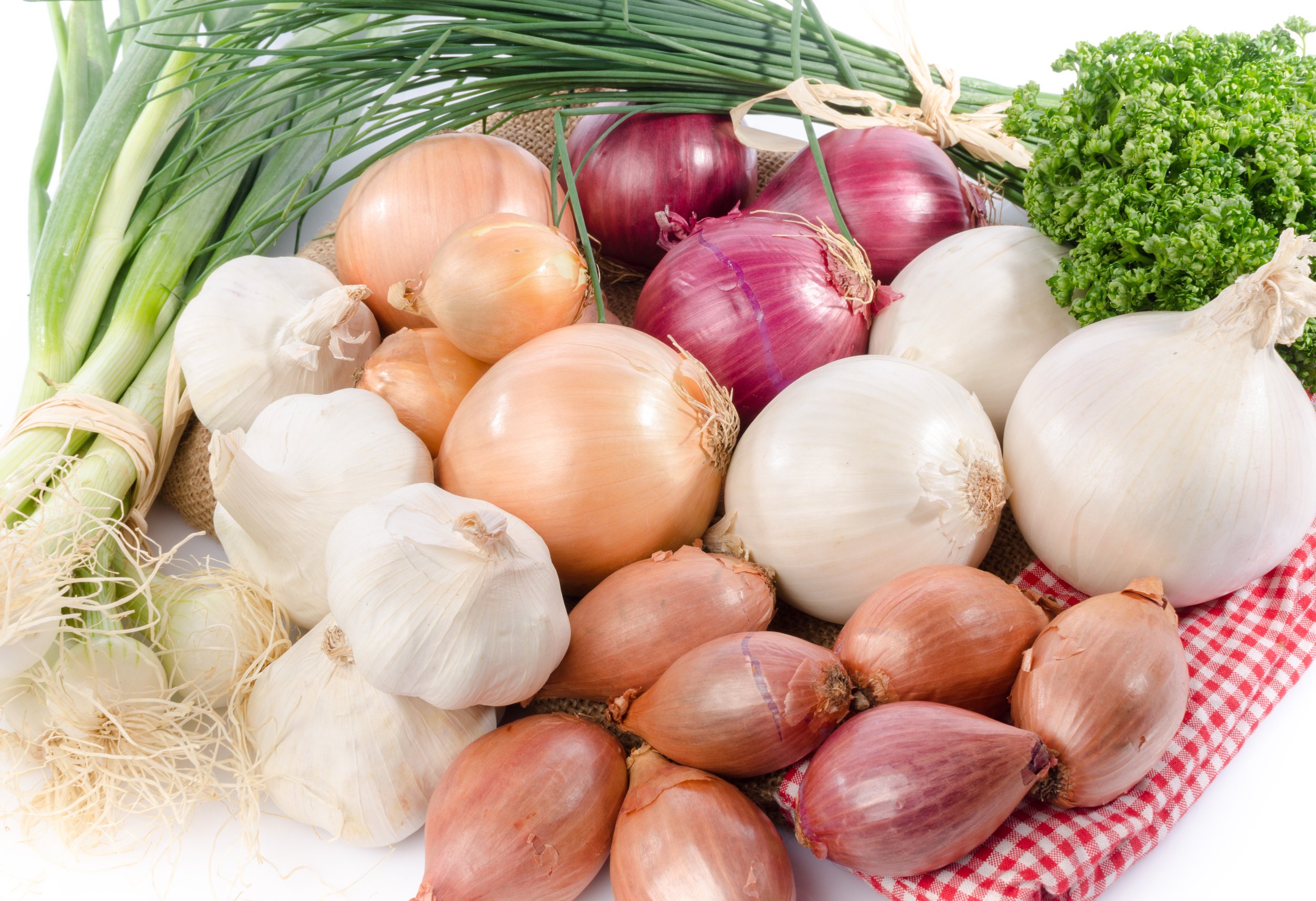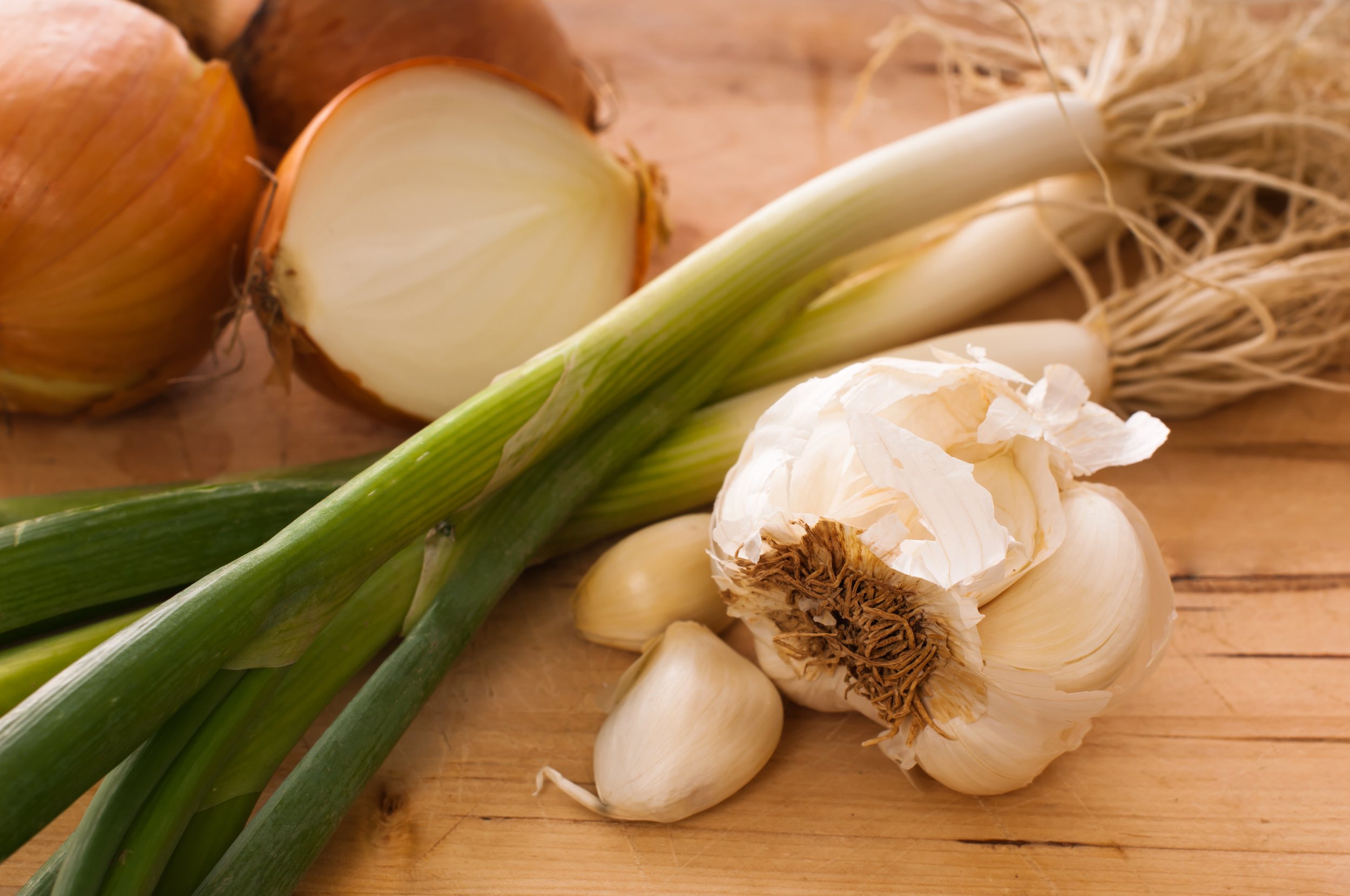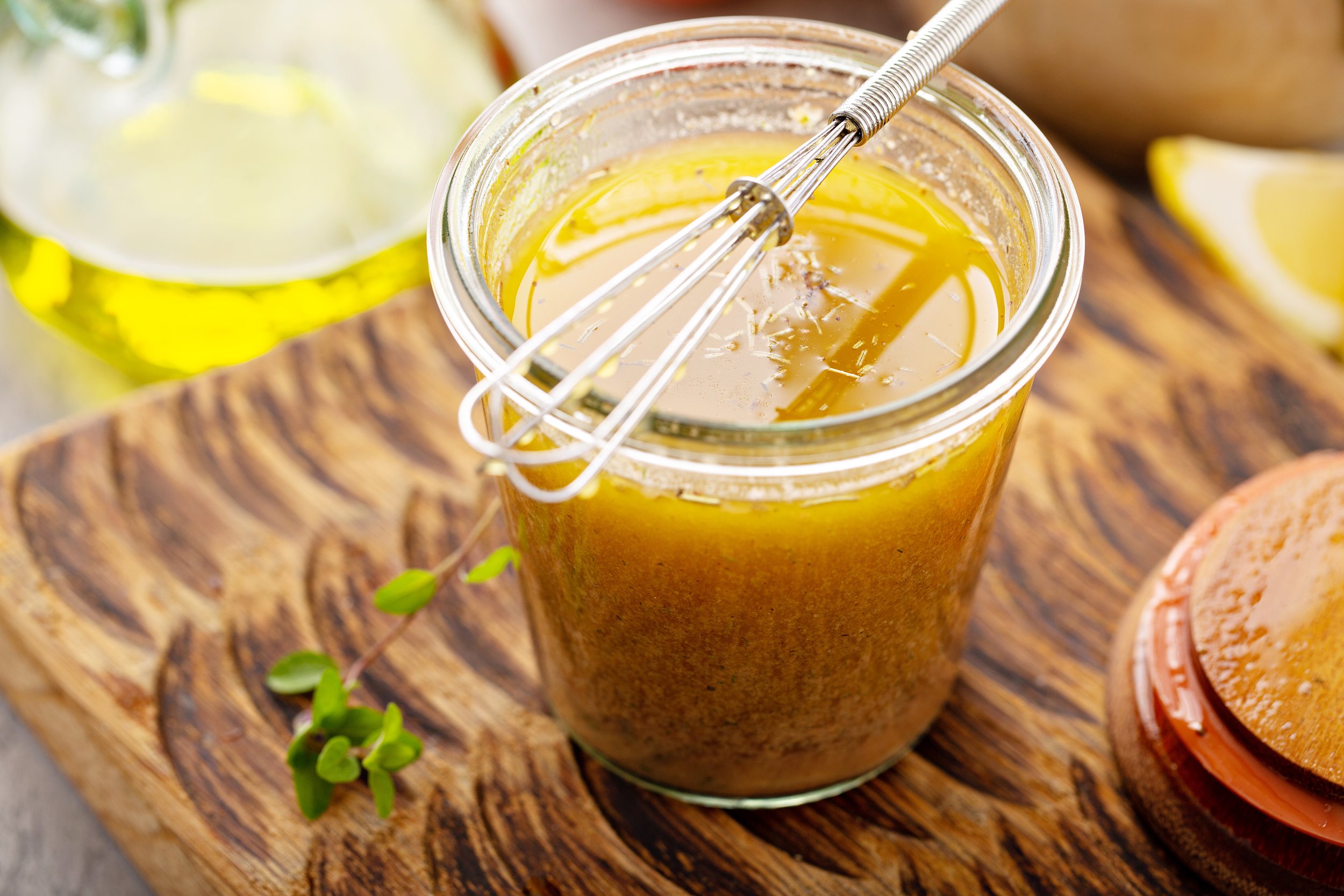All About Alliums
Lately, we have all been on the lookout for foods that contribute to our good health. In the days of Covid, there was so much talk about building a better immune system. And so today in this blog I wanted to bring the group of foods called “Alliums” to your attention. When you understand more about the biological properties of this food group, you will be inspired to find ways to add them to your daily diet.
The Allium family includes popular foods such as garlic, and onions but also shallots, leeks, green onions, and chives.
Garlic (Allium sativum) and onion (Allium cepa) are two of those foods that have been widely praised for their beneficial effects. The list of benefits is long and the evidence is strong: In terms of cardiovascular disease, they are hypocholesterolemic, hypolipidemic, antihypertensive, antithrombotic, but also are antiviral, antibacterial, immunomodulatory, anticarcinogenic. It is impossible to imagine other foods that have much more going for them.
A noteworthy article in ScienceDirect in 2007, reviews “Biological properties of onions and garlic”. The author, Marta Corzo-Martinez, reviews the compounds responsible for these benefits. The compound that has multiple therapeutic effects is “allicin” found in garlic. In a review of garlic extract in 39 studies, garlic was found to reduce total cholesterol an average of 17 mg/dl and LDL by 9 mg/dl.
But there is more. Garlic has been shown to block up to 80% of cancer cell proliferation while having no effect whatsoever on normal cells. So there is overwhelming evidence in the nutrition world that Alliums are important and yes, you should probably try to eat them every day.
So let’s talk about some of my other most admired alliums. Leeks have become one of my favorites for the wintertime and soup-making days. It was in the first pages of Julia Child’s cookbook that I discovered the easiest, and in Julia’s opinion, most “holy” and delicious of soups which just call for Leeks, potatoes, and 6 cups of water. (Right, no chicken stock, just plain water!!)If it's winter, it will warm your ribs. The cold version with a bit of added cream becomes the famous French Vichyssoise and will totally impress your guests.
And shallots are also part of this family. The French have the upper hand when it comes to shallots For the last year, or two, or three, I have bought no prepared salad dressing in the store.
My only salad dressing was the one that appeared in New York Times Cooking: Mustard Shallot Vinaigrette. It is delightful and just the right amount of spicy and smooth. Please try this and do this, and tell me it is not the best!
Make Salad Dressing Magic with 4 ingredients!
Recipe as follows:
1 shallot minced
2 Tablespoons white wine vinegar
2 heaping teaspoons Dijon mustard
½ teaspoon coarsely ground black pepper
¼ tsp salt
1 cup extra virgin olive oil, more to taste
All the details can be found at cooking.nytimes.com by Julia Moskin. Nothing has ever been much easier. And the shallots seem to get better with time in the refrigerator door.
And finally, a shout out for green onions and chives.
Perfect for a morning egg and potato toss-up. In fact, back a few years ago when I changed the way I ate, I was very put off by the thought of eating vegetables for breakfast until I realized that with the tiniest bit of bacon, plus red potatoes, red peppers, onions, and green onions, with an egg on top, I could have my brunch breakfast tasting as delicious as anything imaginable. I grooved it and started eating more vegetables every day.
So don’t forget to get an “A” a day if you want to decrease cholesterol, boost immunity, and be antiviral, too.





